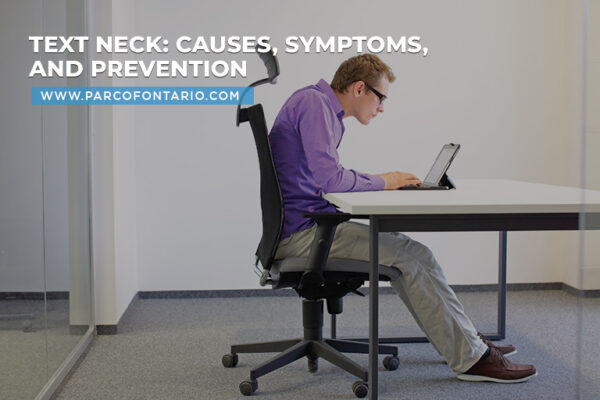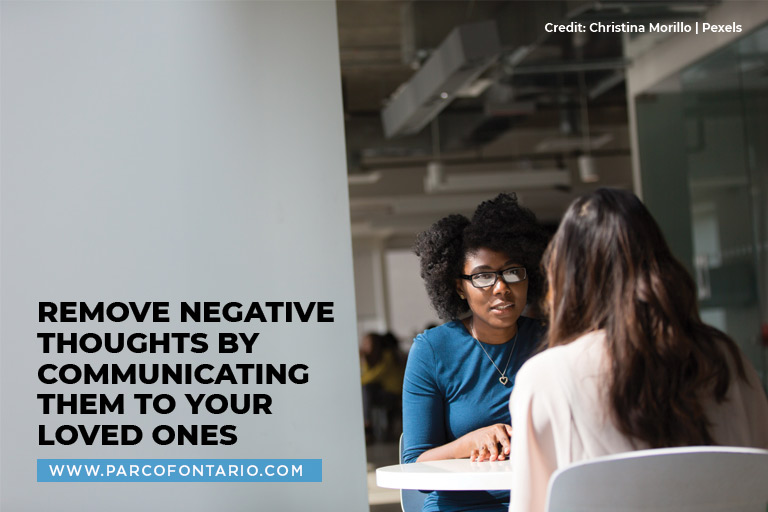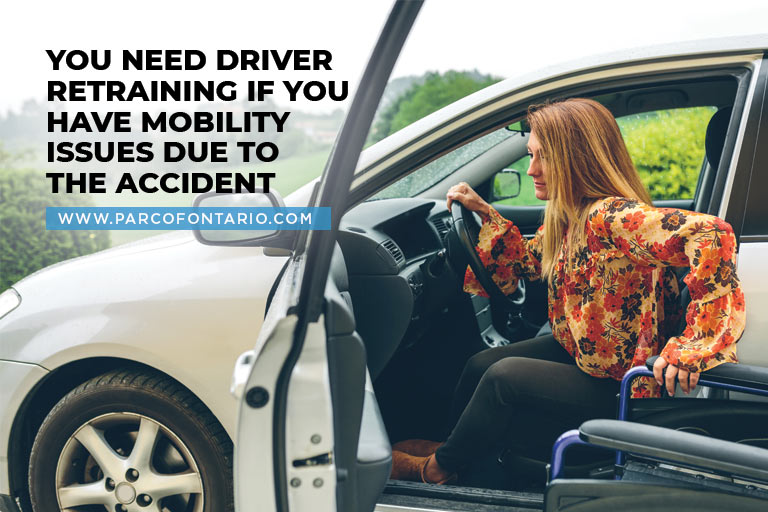
Text Neck: Causes, Symptoms, and Prevention
Many of us spend long hours hunching over our electronic mobile devices and laptops. As we spend more time texting, browsing social media, and reading on our devices, this constant downward gaze…
Read More
If you’ve been in a car accident, it’s understandable if you feel hesitant to drive again. After an accident, driving becomes a challenge for which you may need the assistance, whether from your doctor, chiropractor, partner, friends, or family. After you’ve recovered physically and emotionally, you may need some time to prepare yourself to get back on the road. Here’s how you can regain the confidence to get behind the wheel again.

There are traumatic experiences that a person can’t handle single-handedly. Accidents are no exception to this rule.
Opening up to your friends, loved ones, and therapist while engaging in physiotherapy or various hobbies can help you feel less anxious. Talking to people helps you rid your mind of negative thoughts. You must, however, talk about the incident with a focus on how to recover emotionally if you want the process to be meaningful.
The mind is capable of protecting itself from overwhelming traumatic experiences, potentially leading to a memory block, or worse, dissociation from reality. This is where journalling your thoughts and progress becomes handy.

Writing about the accident keeps you mentally and emotionally on track. Take note of how you manage your nutrition and holistic health during this period in your life. Any progress is significant, and writing it down will help you acknowledge your recovery process. Writing may seem simple, but it requires consistency for you to see the results.
Physiotherapy can help you manage your pain, improve your mobility, and recover faster. Missing out on sessions will only delay enjoying its benefits. If you find the session painful, just communicate it to your therapist so they can personalize your treatment.

A huge part of our lives depends heavily on life skills. One of the essential skills that you need for daily convenience is the ability to drive. If you’re having trouble getting behind the wheel, consider retraining programs. Driver retraining is akin to a rehab program in that it brings back the motor skills that are essential for driving.
By enhancing your abilities, you might feel more comfortable behind the wheel. Getting back in the automobile after a bad incident might also help you feel less anxious. Defensive driving lessons teach drivers how to spot potentially risky situations, assess them, and take proactive steps.
Be attentive as well to your physical condition. You can include acupuncture sessions, exercises, and training in your daily schedule to make sure that your body is in tip-top shape before the driving courses. To assist students in restoring their confidence, instructors will usually reintroduce driving in phases, from easy to difficult conditions.
Being in control of a vehicle and responsible for not only yourself but your travel companions and also other drivers on the road is one of the heaviest responsibilities of driving. Before you can fully take on the task of driving, it’s best to reacclimatize yourself. Being a passenger for a period of time can help you gradually lessen your anxiety.
Exposing yourself to the driving environment, even if still a passenger, will aid your mental and emotional capacity, which is a crucial prerequisite for going back behind the wheel.
Before you can drive on your own, it’s normal if you need someone to accompany you. Ask close friends, family, or driving instructors for help.
Some specialized instructors will assist their students in overcoming their driving phobias, whether the fear pertains to more general driving apprehensions or to more specialized tasks like driving through city traffic jams or across busy roadways and bridges.
You’ll feel less anxious having a companion and an additional benefit is that if you become too exhausted to drive, someone will be there to take over.
You can alter your course because you are anxious. You are still nurturing anxiety. The 7th tip does not imply that you must go there specifically for no reason, but if that is the shortest way to your destination then don’t avoid it. Talk with your companion as you pass the area to not let your emotions get bottled up.
Nevertheless, several effective treatments can help if you believe it’s hard to get back to driving normally through the accident area. These treatments may include cognitive behavioural therapy (CBT) or massage therapy, which releases the tension in your body and helps you relax.
Start slow. Drive through a peaceful area where you feel more at ease. Some people begin their journey in a large parking lot to become accustomed to driving.
 If you are still wearing medical assistive devices like knee braces, make sure that your movements are not impeded. Pick custom knee braces when you have impediment issues.
If you are still wearing medical assistive devices like knee braces, make sure that your movements are not impeded. Pick custom knee braces when you have impediment issues.
There are plenty of ways you can go about your situation like going for acupuncture therapy, music therapy, art therapy, and other therapies to ease your anxiety. Make sure to go with what suits you best.
No matter how much effort you put into being careful while driving, the recklessness of other drivers could still pose a huge risk. While it’s always best to drive safely, you shouldn’t assume that once an accident occurs, driving is over for you. Start with these tips and you’ll get back on track in no time.
If you still suffer mobility issues when attempting to go behind the wheel, you should opt for the driver retraining program offered by The Physiotherapy and Rehabilitation Centres (PARC) of Ontario. Call us now at a centre near you, for an appointment: